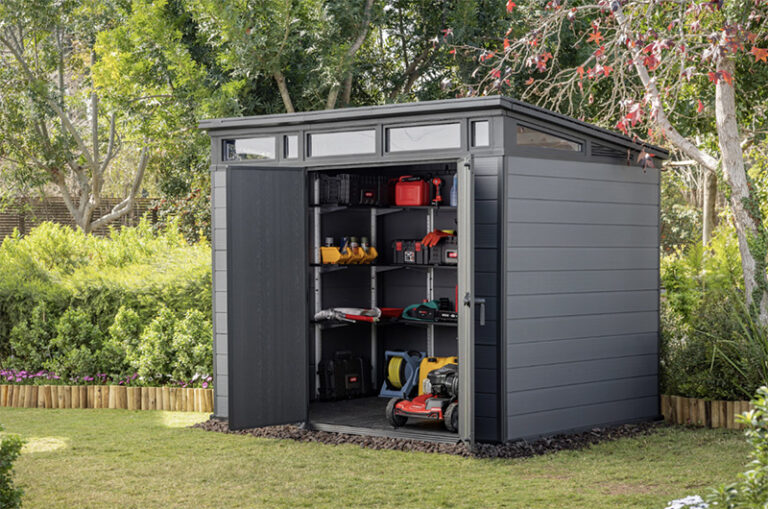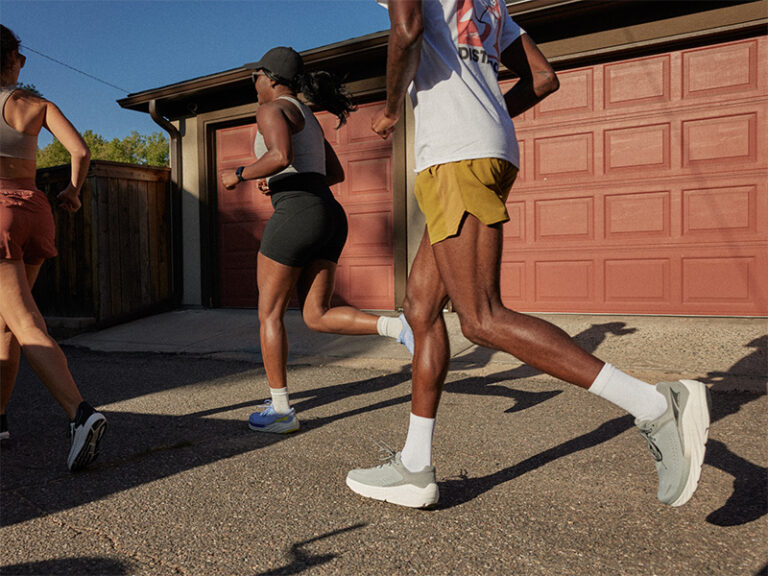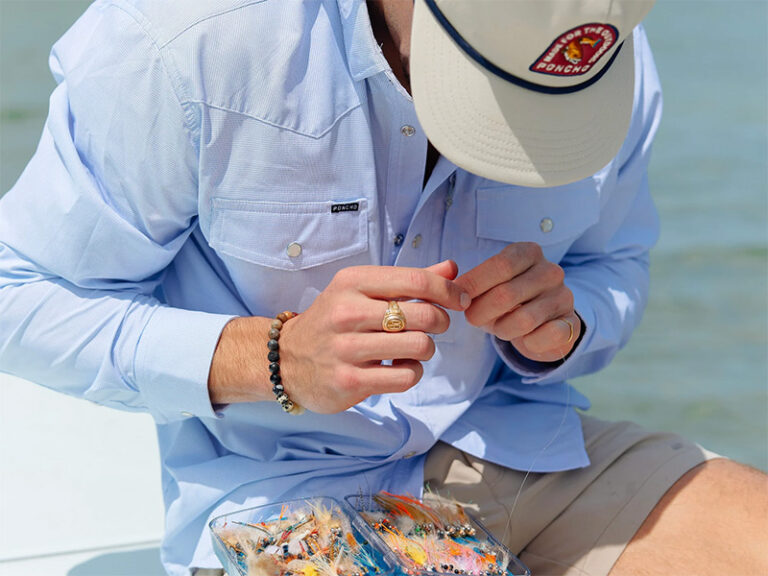A lot has changed in the Inland Northwest running scene since the first Bloomsday in 1977. To paint a picture of some of those more recent changes, we asked a few runners who are active in the local scene to share their perspectives.
Heather Lefriec: Coach for the Spokane Swifts Running Team and former collegiate runner for Gonzaga University
“The number of runners and race participants have increased dramatically over the last 5 to 10 years due to an increased number of running clubs and training groups, with people joining because these provide a sense of community, belonging, and camaraderie. There are more races that not only provide challenge and competition but that are also fun. More recently, I think there has been a significant effort to promote events to runners of all speeds and abilities, which is awesome because running is a sport and lifestyle everyone can do—all you really need is a pair of running shoes and some determination.”
.
Ryan Hite: Founder/owner of Negative Split (running and fitness event production company) and Windermere Marathon Race Director
“Today, running trends are toward fitness, community, and fun events. We have seen a large emergence of running groups, small studio fitness gyms, and other running communities that have leveraged social and community aspects to engage runners. I think this alone changes the racing scene. Races have to be more than just a run today. Races have to be an event that engages the community and the social side of running. Yes, there is still a need for competition, PRs, timing, and elite runners, but it goes beyond that now. Races are a highlight point for many and a celebration of accomplishment with friends. People want to have a memorable experience that lasts.”
Eric Ewing: Race timer for 15 years, owner of Nomadz Racing Service
“Every single time someone wants to do a fundraiser, they decide to have a 5k or 10k. There are so many races now, and only so many race dollars to go around…[that] it has watered down everyone’s events. Race directors have to work twice as hard getting racers to come to their events. The volunteer base also starts to dwindle. [We] need to free up the race calendar.” //
Feature photo: Jon Jonckers













